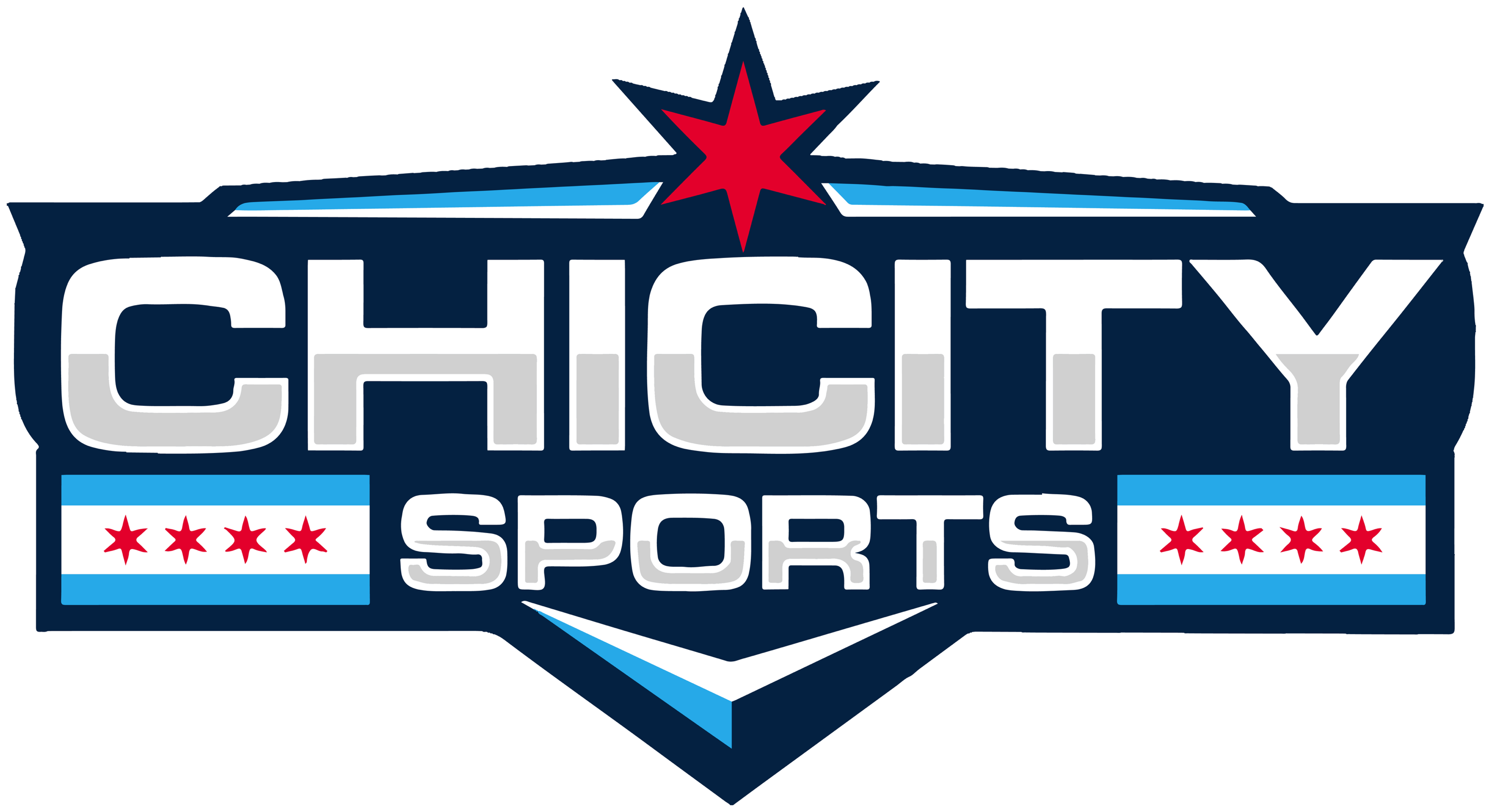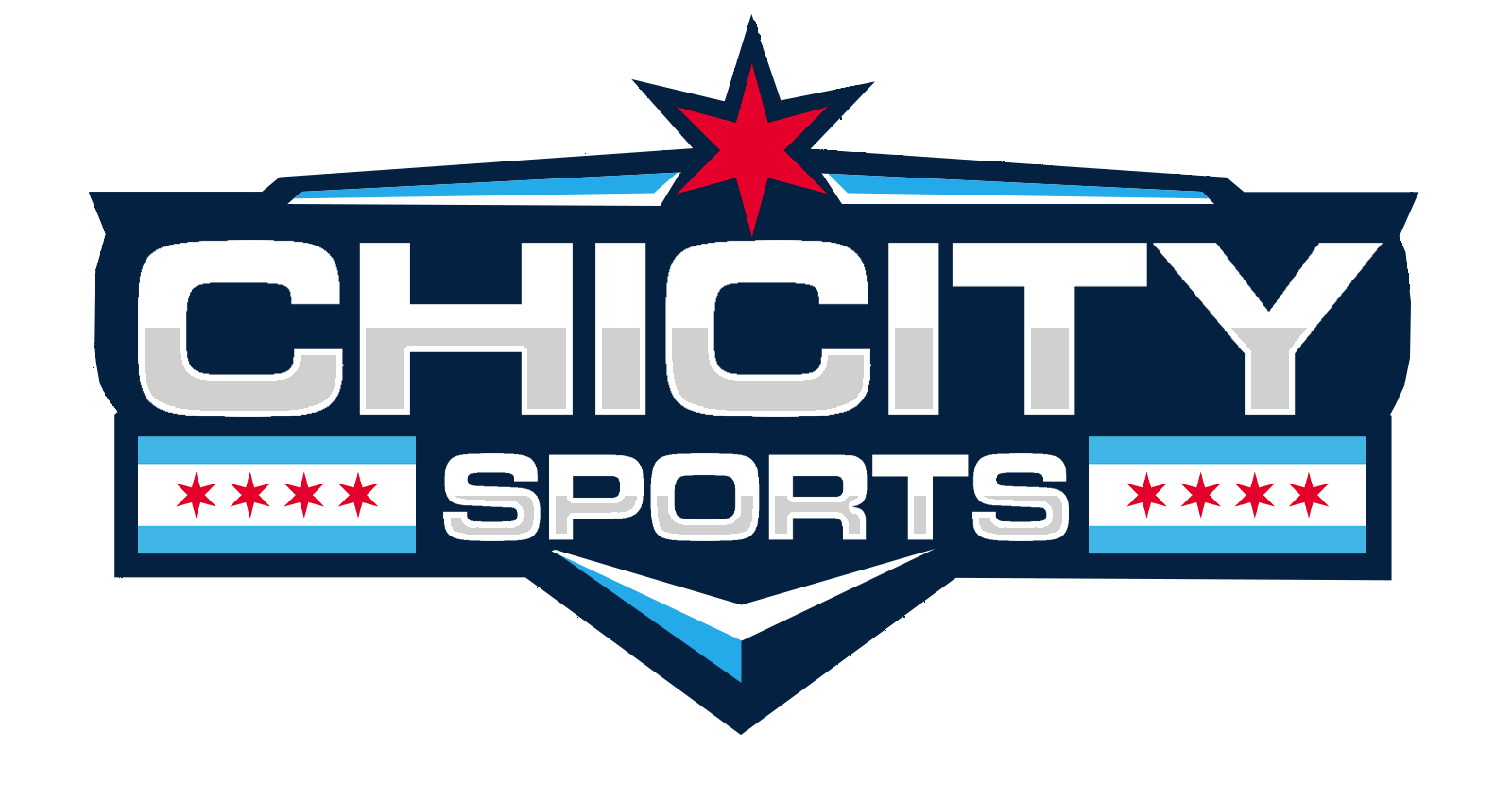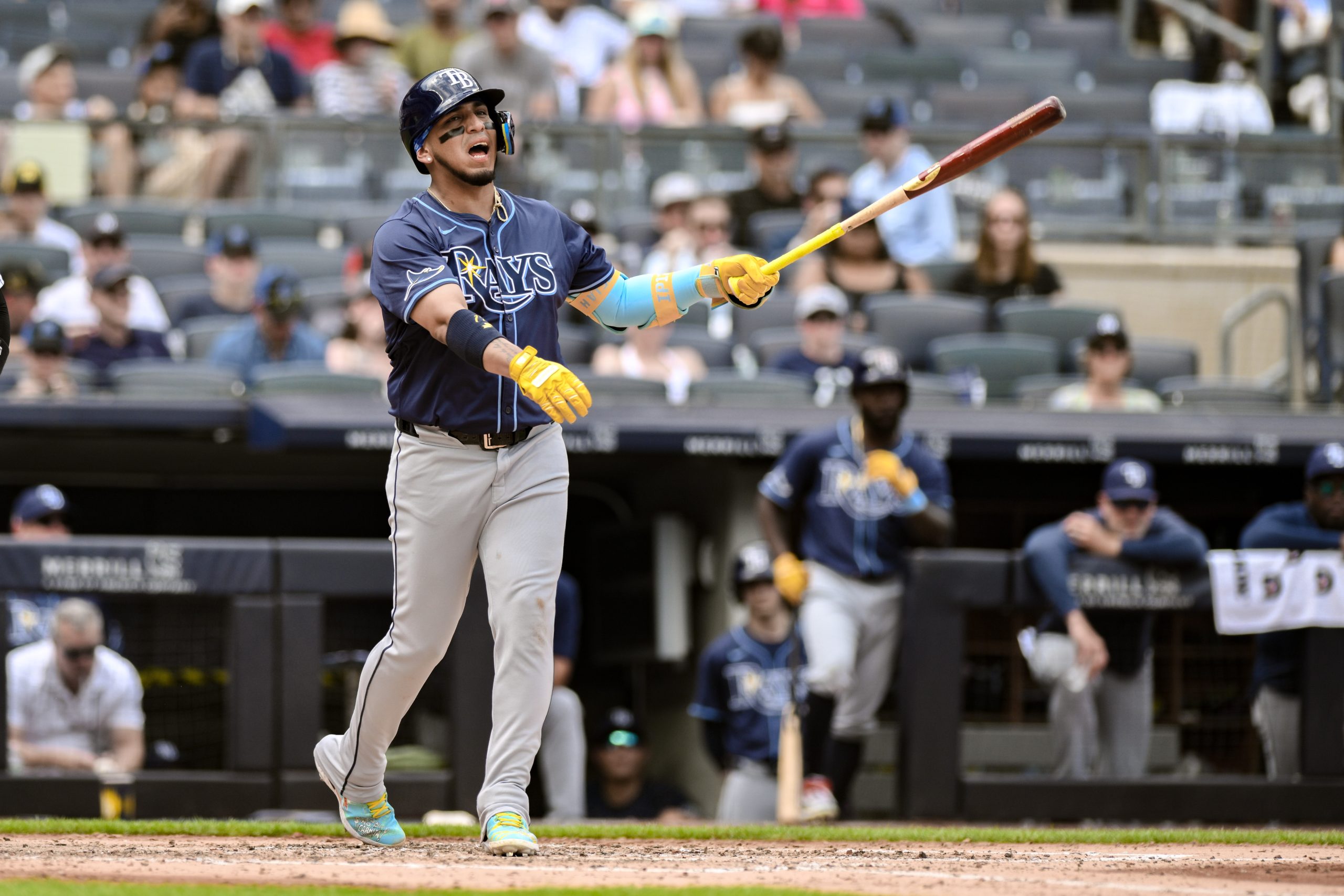The Toronto Blue Jays have traded reliever Nate Pearson to the Chicago Cubs. In return, the Cubs transferred a pair of minor leaguers to Toronto: shortstop Josh Rivera and left fielder Yohendrick Pinango.
Nate Pearson, formerly regarded as the Blue Jays’ most promising pitching prospect, was anticipated to become a key member of the starting rotation. However, Pearson experienced setbacks due to injuries throughout his career and was unable to meet the expectations that had been placed upon him.
The right-handed pitcher eventually transitioned to the bullpen on a full-time basis. In 40 innings pitched this season, he has a 5.63 earned run average with 51 strikeouts and 17 walks. The 27-year-old pitcher has a fastball that reaches 100 mph and a repertoire that includes a slider, curveball, and sinker. However, he has a tendency to allow hard contact, having allowed eight home runs this season.
Rivera, a third-round selection out of the University of Florida in 2023, had been on scouts’ radars throughout his high school career. However, he encountered difficulties with his offensive performance in the SEC until his junior season. Pinango, signed by the Cubs in 2018, has demonstrated potential but has not yet fully developed his power, with a batting average of .263/.363/.434 between High-A and Double-A this season.
Nate Pearson’s journey to the major leagues has been marked by both notable achievements and a series of challenges. Pearson was selected 28th overall by the Toronto Blue Jays in the 2017 draft, and quickly demonstrated his abilities with a high-velocity fastball and an impressive strikeout record.
Despite his potential, injuries have significantly impeded his progress. Pearson’s major league debut in 2020 demonstrated his capabilities, but recurring health issues and inconsistent performances prevented him from securing a permanent spot in the rotation.
Pearson’s transition to the role of reliever was seen as a strategic move to manage his workload and maximize his impact in shorter bursts. His performance in the bullpen has been somewhat inconsistent, with impressive strikeout rates offset by control issues and a tendency to allow home runs. Nevertheless, he remains a promising candidate, making him an intriguing addition for the Cubs.
Acquiring Nate Pearson is a calculated risk for the Cubs with the potential for significant rewards. President of Baseball Operations Jed Hoyer has stated that the team’s objective is to acquire talent that can contribute both now and in the future.
Pearson is a candidate who fits this mold, offering the potential for growth as a power reliever with elite skills who could thrive in a new environment. The Cubs’ pitching infrastructure, which has a proven track record of maximizing the potential of talented pitchers, may provide the ideal environment for Pearson to reach his full potential.
Cubs’ Prospects and Future Plans
The addition of Nate Pearson is a strategic move for the Chicago Cubs at a pivotal point in the season. The Cubs’ bullpen has been a source of concern, with injuries and inconsistent performances limiting their ability to close out games. Pearson’s high-velocity fastball and strikeout ability present the Cubs with a valuable asset in high-leverage situations.
Furthermore, Pearson’s two additional years of control beyond 2024 align with the Cubs’ strategy of building a competitive roster for the future. While the immediate goal remains postseason success, the Cubs are also focused on assembling a core group of players that can sustain long-term success. Pearson’s acquisition represents a strategic move that enhances the team’s existing talent and provides flexibility in the bullpen.
As the trade deadline approaches, it is probable that the Cubs will continue to pursue opportunities to enhance their roster. Hoyer’s willingness to part with prospects like Rivera and Pinango demonstrates a commitment to immediate improvement while balancing the organization’s future needs. The Cubs’ farm system remains robust, and the front office’s strategic maneuvers indicate a high level of confidence in their ability to develop and acquire talent.
The trade for Nate Pearson represents a significant move for the Chicago Cubs, reflecting the organization’s dual focus on immediate postseason aspirations and long-term competitiveness. Pearson’s potential as a high-impact reliever could provide the Cubs with a crucial edge in tight games, while his extended team control offers flexibility for future roster planning. As Pearson becomes integrated into the Cubs’ bullpen, the team’s performance in the remainder of the season will determine their postseason fate and set the stage for 2025 and beyond.
For More Great Chicago Sports Content
Get the latest Chicago sports news, analysis, and breaking stories on the Bears, Bulls, Blackhawks, Cubs, White Sox, Sky, and more! Tap the star to add us to your favorites on Google News, so you never miss a story on your favorite Chicago teams.
Follow us on Twitter at @chicitysports23 for more great content. We appreciate you taking time to read our articles. To interact more with our community and keep up to date on the latest in Chicago sports news, JOIN OUR FREE FACEBOOK GROUP by CLICKING HERE




